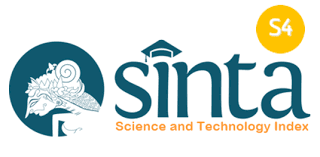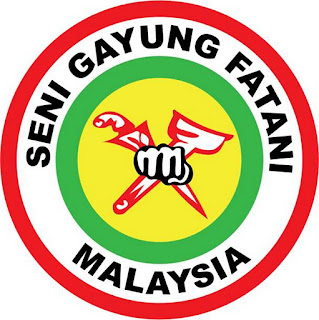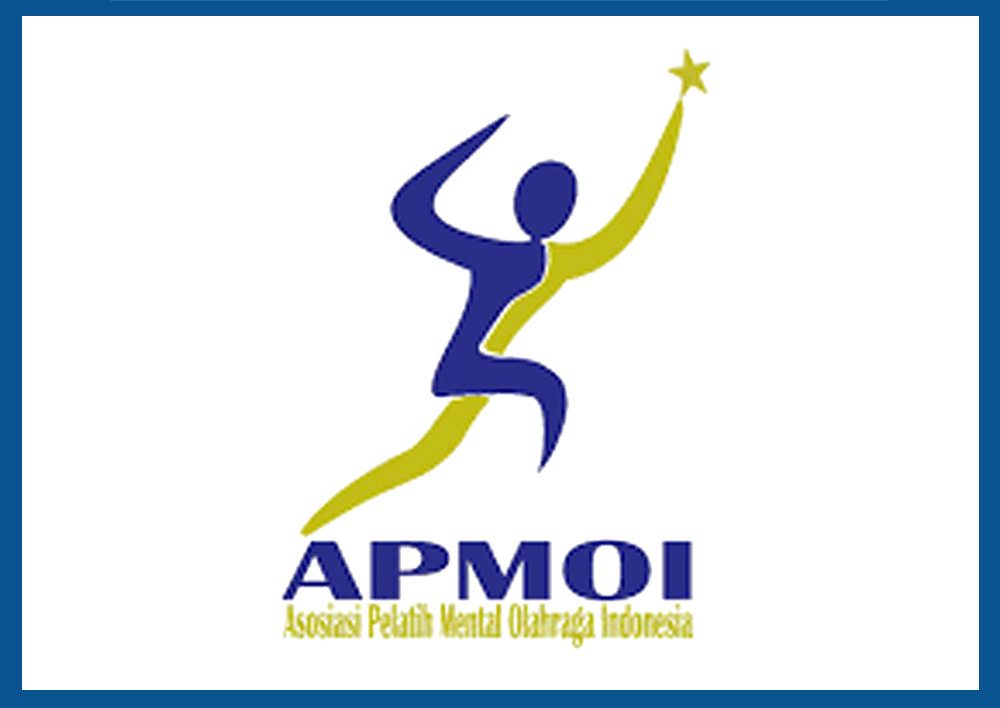Exploring the relationship between motivation types, goal orientations, and athletic toughness dimensions among Universiti Kebangsaan Malaysia (UKM) athletes
Abstract
Problem: The problem addressed in this study is the lack of comprehensive research exploring the relationship between motivation types, goal orientations, and toughness dimensions in university athletes. Purpose: The purpose of this research is to investigate the correlation between different types of motivation (intrinsic, extrinsic, and amotivation) and the dimensions of athletic toughness (mental, emotional, and bodily toughness) among Universiti Kebangsaan Malaysia (UKM) athletes. Additionally, this study examines how ego orientation and task orientation influence these toughness dimensions. Methods: This study employed a quantitative research design with a sample of 100 student-athletes from UKM who participated in the 2024 SUKIPT games. Data were collected using three standardized instruments: the Sport Motivation Scale (SMS), the Mental, Emotional, and Bodily Toughness Inventory (MeBTough), and the Task and Ego Orientation in Sport Questionnaire (TEOSQ). Pearson correlation analysis was conducted to explore relationships between variables. Instrument reliability was confirmed through Cronbach’s alpha, with coefficients ranging from 0.79 to 0.85. Results: The findings reveal that intrinsic motivation strongly correlates with all toughness dimensions (mental r = 0.64, emotional r = 0.65, bodily r = 0.67), while extrinsic motivation exhibits moderate correlations (mental r = 0.53, emotional r = 0.51, bodily r = 0.49). Amotivation shows negative correlations with toughness dimensions (mental r = -0.50, emotional r = -0.49, bodily r = -0.51). Additionally, ego orientation has a moderate correlation with bodily toughness (r = 0.44), whereas task orientation exhibits weak correlations with toughness dimensions. Conclusion: This study highlights the pivotal role of intrinsic motivation in enhancing mental, emotional, and bodily toughness among athletes, while extrinsic motivation provides moderate support, and amotivation negatively impacts resilience. Ego orientation contributes more to physical resilience compared to task orientation. These findings emphasize the need for tailored interventions focusing on intrinsic motivation and balanced goal orientations to foster holistic athletic toughness.
Downloads
References
Bazzy, J. D. (2018). Work ethic dimensions as predictors of ego depletion. Current Psychology, 37(2), 230–240. https://doi.org/10.1007/s12144-016-9503-6
Bølling, M., Otte, C. R., Elsborg, P., & Nielsen, G. (2018). The association between education outside the classroom and students' school motivation. International Journal of Educational Research, 89, 75–85. https://doi.org/10.1016/j.ijer.2018.03.004
Castro-Sánchez, M., Zurita-Ortega, F., & García-Marmol, E. (2018). Motivational climate in physical education. Sustainability, 10(5), 1234. https://doi.org/10.3390/su10041234
Chacón-Cuberos, R., Castro-Sánchez, M., & Zurita-Ortega, F. (2019). Resilience and motivational climate in university students. Frontiers in Psychology, 10, 1821. https://doi.org/10.3389/fpsyg.2019.01821
Chi, L., & Duda, J. L. (1995). Multi-sample confirmatory factor analysis of the task and ego orientation in sport questionnaire. Research Quarterly for Exercise and Sport, 66(2), 91-98.
Cowden, R. G., Crust, L., & Jackman, P. C. (2019). Perfectionism and motivation in sport: The mediating role of mental toughness. South African Journal of Psychology, 49(1), 55–67. https://doi.org/10.1177/0081246318803682
De Bock, T., Scheerder, J., Theeboom, M., Constandt, B., Marlier, M., De Clerck, T., & Willem, A. (2022). Stuck between medals and participation: an institutional theory perspective on why sport federations struggle to reach Sport-for-All goals. BMC Public Health, 22(1), 1891.
Gucciardi, D. F., Hanton, S., Gordon, S., Mallett, C. J., & Temby, P. (2015). The Concept of Mental toughness: Tests of dimensionality, nomological network, and traitness. Journal of Personality, 83, 26–44.
Gurleyik, D., & Sen, C. K. (2022). Culture in physical activity: The contribution of basic psychological needs and goal orientation. International Journal of Environmental Research and Public Health, 19(24), 16691. https://doi.org/10.3390/ijerph192416691
Gustafsson, H., Carlin, M., Podlog, L., & Stenling, A. (2018). Motivational profiles and burnout in elite athletes: A person-centered approach. Psychology of Sport and Exercise, 35, 118–125. https://doi.org/10.1016/j.psychsport.2018.01.002
Kalajas-Tilga, H., Koka, A., Hein, V., & Tilga, H. (2020). Motivational processes in physical education and objectively measured physical activity among adolescents. Journal of Sport and Health Science, 9(4), 344–351. https://doi.org/10.1016/j.jshs.2019.09.003
Kleka, P., Tomczak, M., & Walczak, A. (2022). Validation of Sport Anxiety Scale-2 (SAS-2) among athletes. Scientific Reports, 12, 1234. https://doi.org/10.1038/s41598-022-16418-6
Meira, C. M., & Fairbrother, J. T. (2018). Ego-oriented learners in motor skill retention. Journal of Motor Learning and Development, 6(2), 209–224. https://doi.org/10.1123/jmld.2018-0004
Mossman, L. H., Slemp, G. R., & Lewis, K. J. (2024). Autonomy support in sport and exercise settings: A systematic review and meta-analysis. International Review of Sport and Exercise Psychology, 17(1), 1–29. https://doi.org/10.1080/1750984X.2022.2031252
Mutuma, N. N. (2023). Exploring Socio-economic and Psychological Resilience: a Case of Kenyan Distance Runners During the Covid-19 Pandemic (Doctoral dissertation, University of Nairobi).
Ong, N. C. H. (2019). Assessing objective achievement motivation in elite athletes. International Journal of Sport and Exercise Psychology, 17(3), 246–260. https://doi.org/10.1080/1612197X.2017.1349822
Pelletier, L. G., Tuson, K. M., Fortier, M. S., Vallerand, R. J., Briere, N. M., & Blais, M. R. (1995). Toward a new measure of intrinsic motivation, extrinsic motivation, and amotivation in sports: The Sport Motivation Scale (SMS). Journal of sport and Exercise Psychology, 17(1), 35-53.
Petrie, T. A., Albert, E., & Moore, E. W. G. (2021). Motivational climates and goal orientations to grit in soccer players. Psychology of Sport and Exercise, 50, 101254. https://doi.org/10.1016/j.psychsport.2021.101254
Pulido, J. J., & Sánchez-Oliva, D. (2018). Sport commitment in young soccer players: A self-determination perspective. International Journal of Sports Science & Coaching, 13(1), 27–35. https://doi.org/10.1177/1747954118755443
Sheehan, R. B., Herring, M. P., & Campbell, M. J. (2018). Associations between motivation and mental health in sport: A test of the hierarchical model of intrinsic and extrinsic motivation. Frontiers in Psychology, 9, 707. https://doi.org/10.3389/fpsyg.2018.00707
Wilson, D., Bennett, E. V., & Mosewich, A. D. (2019). “The zipper effect”: Exploring the interrelationship of mental toughness and self-compassion among Canadian elite women athletes. Psychology of Sport and Exercise, 44, 101–110. https://doi.org/10.1016/j.psychsport.2019.101552
Zeiger, J. S., & Zeiger, R. S. (2018). Mental toughness latent profiles in endurance athletes. PLoS ONE, 13(2), e0193071. https://doi.org/10.1371/journal.pone.0193071
Zhang, B., & Dulatre, V. S. (2024). Serving up Success: Assessing and Improving Tennis Athlete Development Pathways. International Journal of Education and Humanities, 16(3), 259-298.
Copyright (c) 2024 Jurnal Patriot

This work is licensed under a Creative Commons Attribution-ShareAlike 4.0 International License.



_(700_x_400_mm)_(3)_.png)


_(700_x_400_mm)_1.png)



